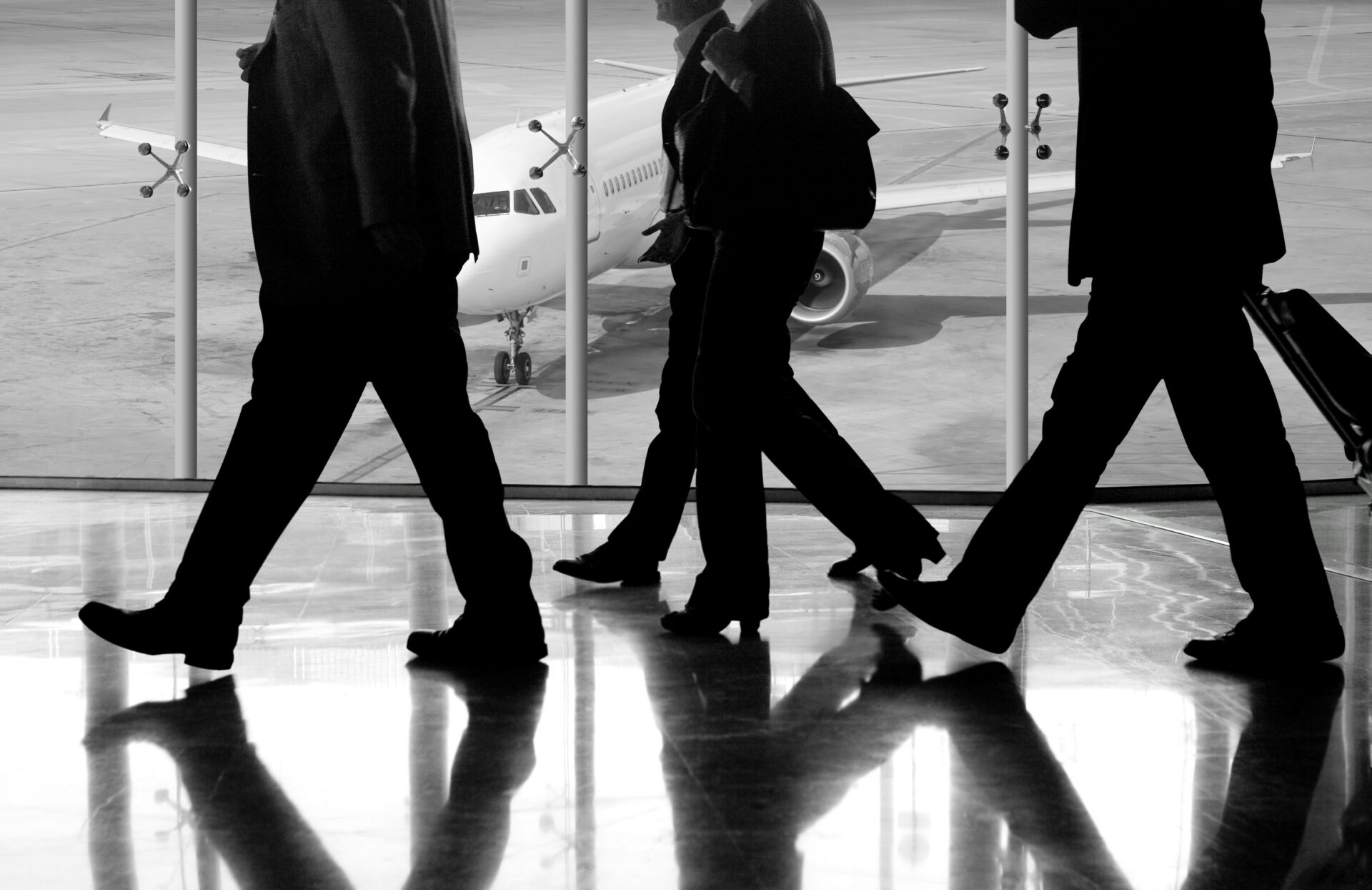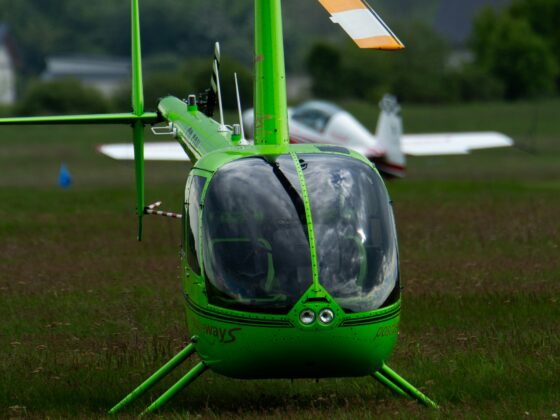
After the turbulent and uncertain post-Covid years, global business travel spending is expected to reach a new all-time high of US$1,570 billion in 2025, representing moderate year-on-year growth of 6.6%.
While there is still growth, which is good news in itself, it is running out of steam compared to previous recovery years due to trade tensions, public policy uncertainty and economic pressures.
2,000 billion expected by 2029
New momentum is expected in 2026, with GBTA projecting growth of 8.1%, “even if long-term forecasts remain clouded by geopolitical and economic volatility”, says its release, en route to $2,000 billion by 2029.
This milestone could have been reached in 2028, but travel policies and the behavior of business people have changed the situation. The report’s more detailed and forward-looking 5-year conclusions are based on a consultation of 7,300 business travellers worldwide.
While the report confirms the continuation of the nominal recovery, it also highlights the growing headwinds associated with trade tensions and economic uncertainties.
“Uncertain trade policies, inflationary pressures and the reconfiguration of global supply chains are redefining how and where business travel takes place. This new edition bears witness to both the resilience of the sector and the risks to be anticipated,” comments Suzanne Neufang, CEO of the GBTA
By 2025, the world’s top 15 markets are expected to account for $1,310 billion in spending. The United States takes over the top spot with $395.4 billion, ahead of China ($373.1 billion, leading in 2023 and 2024), Germany, Japan and the United Kingdom.
The average budget per trip reaches $1,128 (versus $834 in the 2024 survey). Access to a corporate payment card now stands at 69%, and mobile wallet use is also on the rise, with 64% adoption worldwide.









